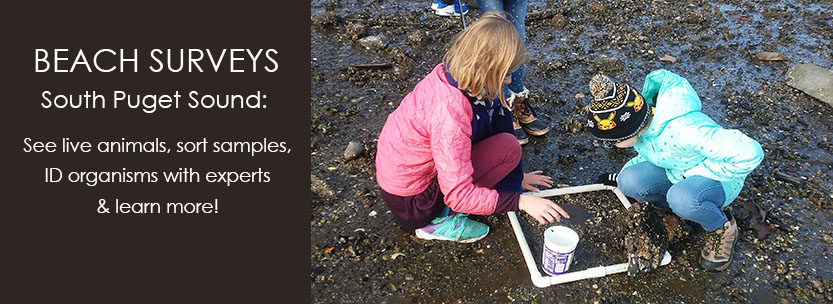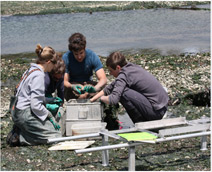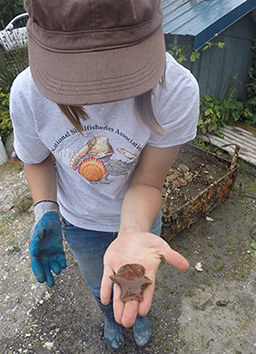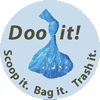What is a BioBlitz?
A BioBlitz is an opportunity for community members to partner with experts to identify and count as many species as possible in a specific area, while learning how to conserve and protect these animals. This BioBlitz focuses on invertebrates (like sea stars, shellfish, worms, etc.) living in various habitats.

Invertebrates considered "fouling" organisms grow on this native purple-hinged rock scallop, Crassadoma gigantea. Can you spot the sea star? Structures submerged in marine waters, such as an old dock, log, or boat hull will quickly acquire a community of diverse, colorful organisms and algae as you see here. These communities are integral for water filtration, refuge and grazing for many fish and crab species.
Why study invertebrates?Invertebrates are the base of the food web, being prey for most species that inhabit and rely on Puget Sound. Invertebrates play a pivotal role in broad ecosystem processes and functions. They reside across environmental gradients, with some species and assemblages being more sensitive to particular disturbances.
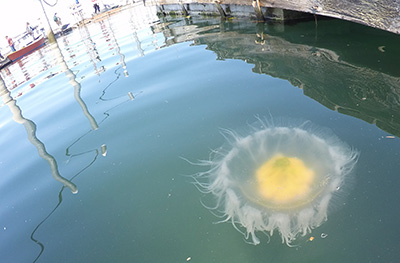
A large fried egg jelly fish floating in Boston Harbor marina in July.
For these reasons, invertebrates often serve as bio-indicators of habitat condition and change at higher trophic levels. Long-term monitoring of estuarine invertebrates is an integral part of many local, state and regional water quality programs.
South Sound is home to a vibrant intersection of human activity and important nearshore habitats. It provides a model system for sampling across a developmental gradient, allowing comparisons between areas of low and high disturbance. The South Puget Sound region is one of the fastest growing areas in the nation. Impacts from increasing development and a rapidly changing climate, puts the health of South Sound’s unique habitats at risk.
| |
|






